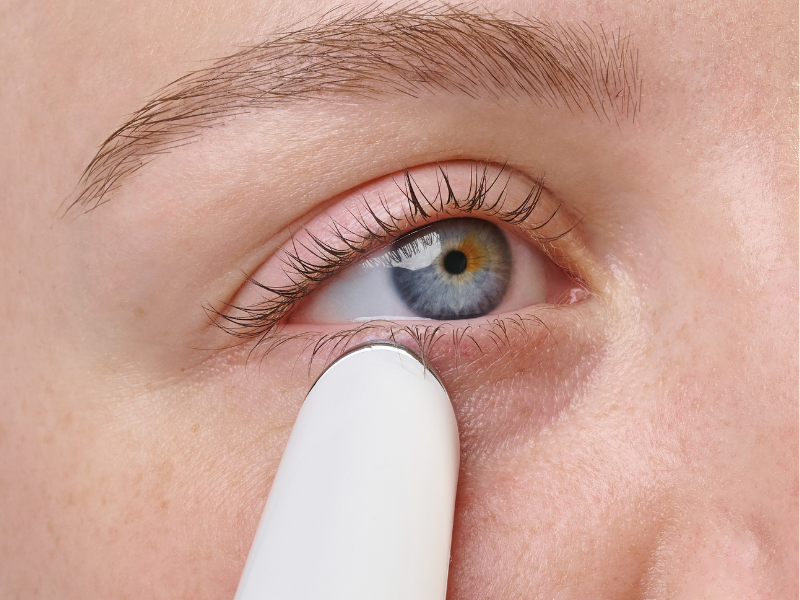
Facial Rebalancing at Home: What Actually Works
Summary: Facial “rebalancing” is about more than in-clinic treatments. Small daily habits can help relax muscle tension, reduce puffiness, and support healthy, even-looking skin. Here’s what dermatologists and facial experts say about achieving balance naturally at home.
Facial symmetry is influenced by everyday habits — how we sleep, move, clench our jaw, and care for our skin. You can’t change bone structure without medical procedures, but you can support natural balance through consistent, gentle care.
1. Light facial exercise can improve tone
A study conducted by Northwestern University found that participants who followed a 20-week facial exercise program saw measurable improvement in cheek fullness and skin firmness, leading to a more youthful and balanced appearance (Science Daily).
The key is moderation. Focus on light movements — lifting the corners of the mouth, gently massaging the cheeks, or relaxing tense areas — not aggressive “face workouts.”
The key is moderation. Focus on light movements — lifting the corners of the mouth, gently massaging the cheeks, or relaxing tense areas — not aggressive “face workouts.”
2. Encourage lymphatic drainage for puffiness
Gentle facial massage supports lymph flow and can reduce morning puffiness or uneven swelling.Dermatologists note that light, upward strokes along the face and neck may help release fluid and improve circulation. You can use our Heated Eye Wand LED+ to reduce puffiness and refresh the under-eye area. The combination of heat, massage, and LED therapy boosts circulation and reduces fluid retention. Consistency matters more than pressure — a few minutes daily makes a visible difference over time.
3. Relax jaw tension
Jaw clenching can create asymmetry and tension across the face. John Hopkins Medicine highlights that stress-related muscle tightening around the jaw and temples can affect facial contour. Applying a warm compress (or the Heated Eye Wand LED+) or using relaxation techniques can help ease tightness.
4. Sleep position affects long-term symmetry
The American Academy of Sleep Medicine notes that side or stomach sleeping can create “sleep lines” over time, especially on the same side of the face. Sleeping on your back helps prevent creasing and supports even skin texture. A silk or low-friction pillowcase can also help minimize overnight pressure.
5. Protect against sun damage
Sun exposure is one of the biggest causes of premature asymmetry. The Skin Cancer Foundation confirms that daily sunscreen use helps prevent uneven pigmentation, fine lines, and skin laxity caused by UV damage. Apply SPF 30 or higher every morning — even indoors.
6. Care for your eye area
Your eyes anchor your facial balance. Dry, irritated, or puffy eyelids can make the face look uneven or tired. Our Soothing Coconut Eye Balm Wipes gently cleanse and nourish the lids without preservatives, fragrance, or alcohol. Follow with Instant Relief Eye Spray to hydrate and refresh your eyes for a more open, awake appearance.
FAQs
Q: Can facial exercises really make a difference?
A: Yes — consistent, gentle exercises may improve tone and fullness, especially in the mid-face, according to JAMA Dermatology.
Q: Do tools like gua sha or rollers help?
A: They can temporarily reduce puffiness by stimulating lymph flow, but they won’t reshape bone or lift tissue.
Q: What’s the easiest daily habit to improve balance?
A: Avoid side-sleeping, relax jaw tension, and always wear sunscreen.
Q: Why include eye care in facial balance?
A: The eye area is one of the first to show fatigue and asymmetry. Keeping it calm and hydrated helps restore a rested, balanced look.

